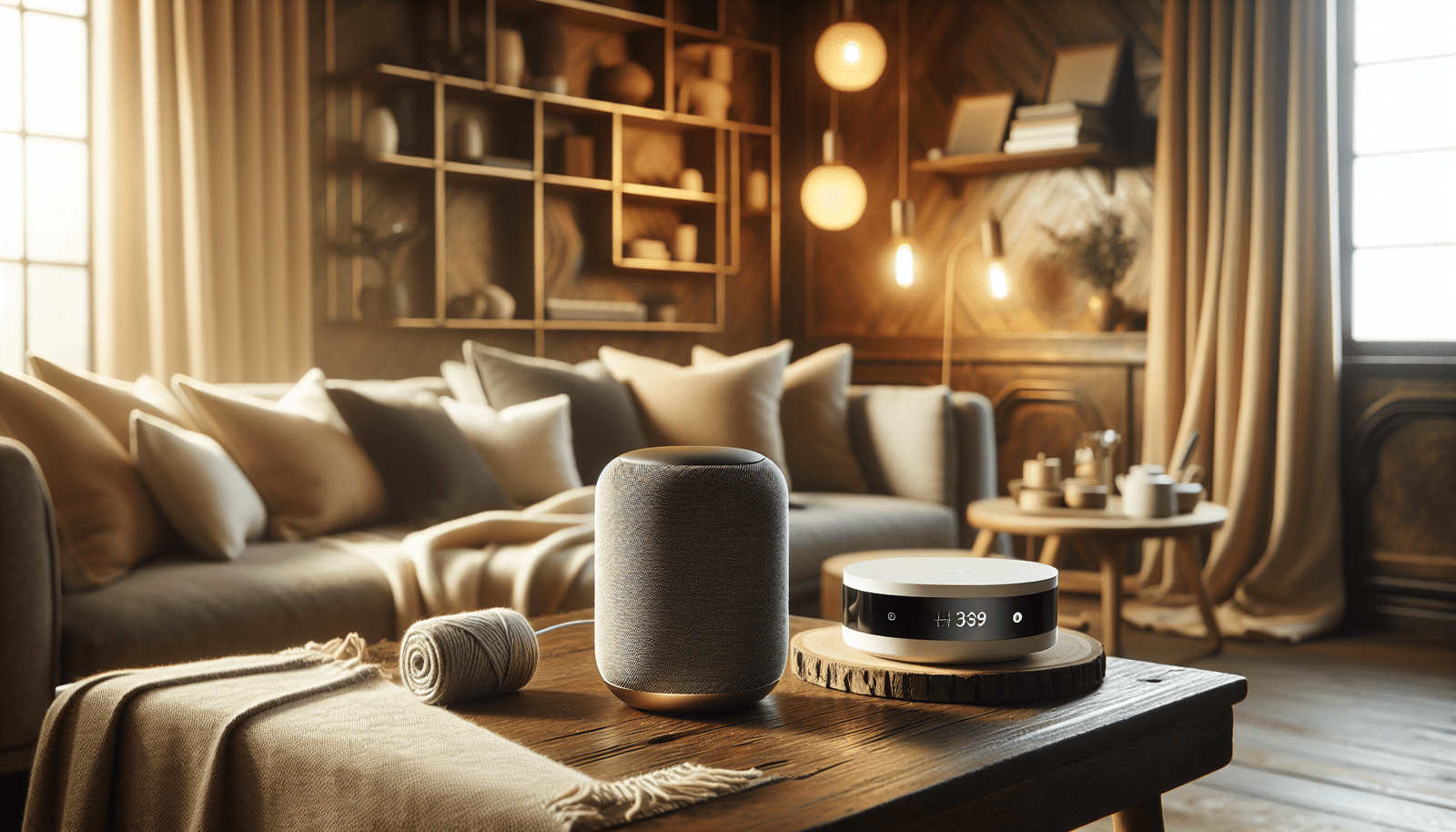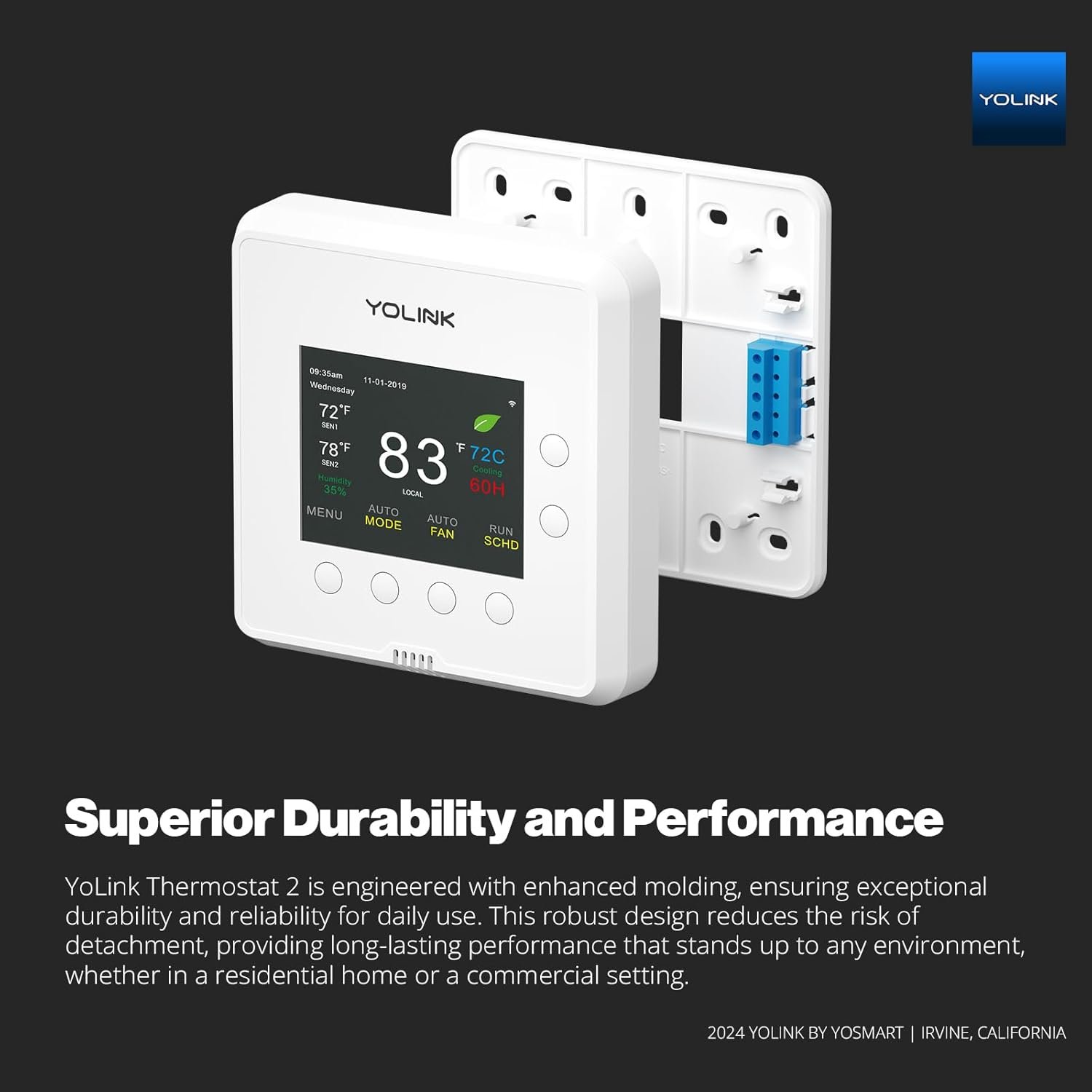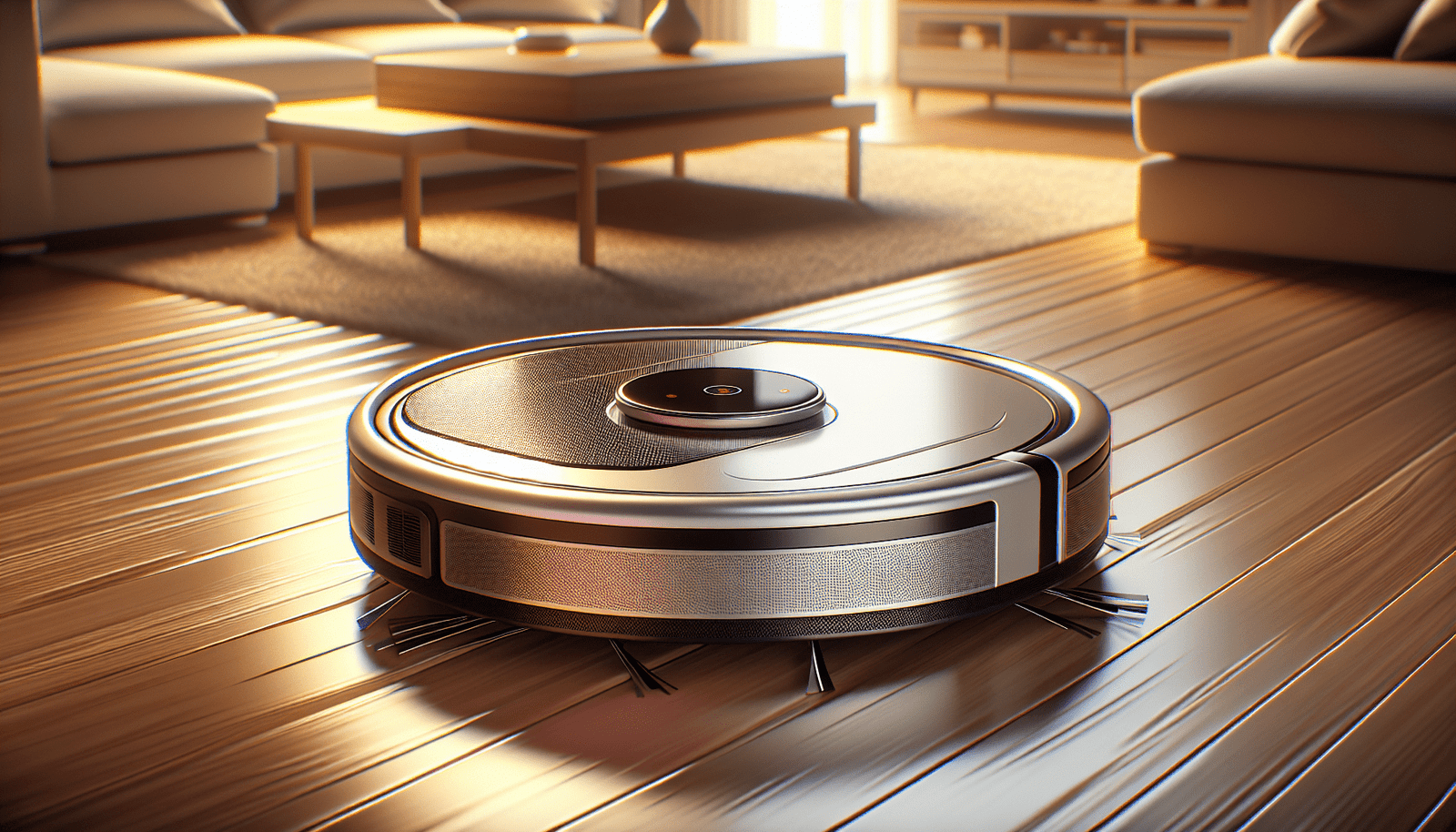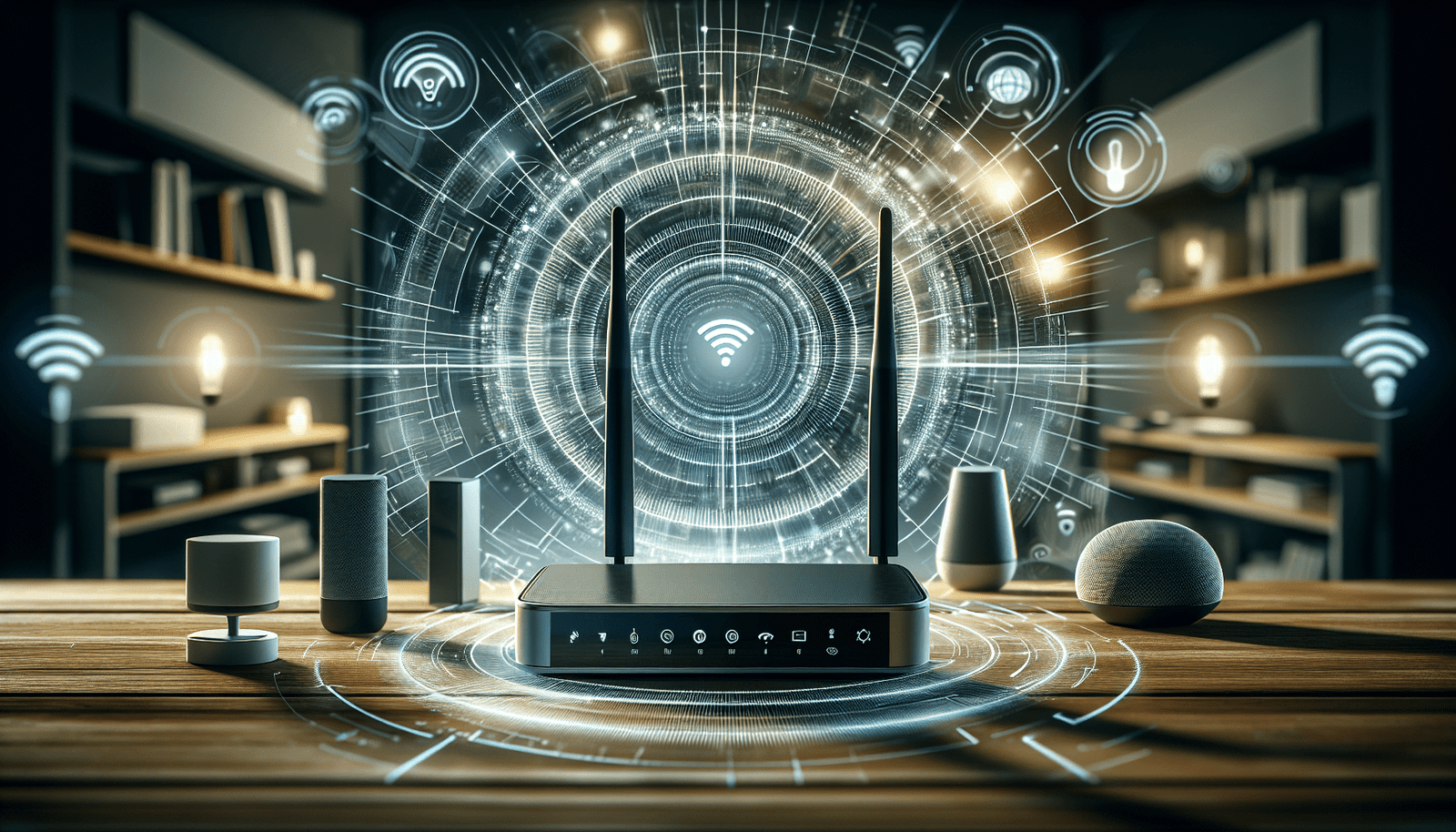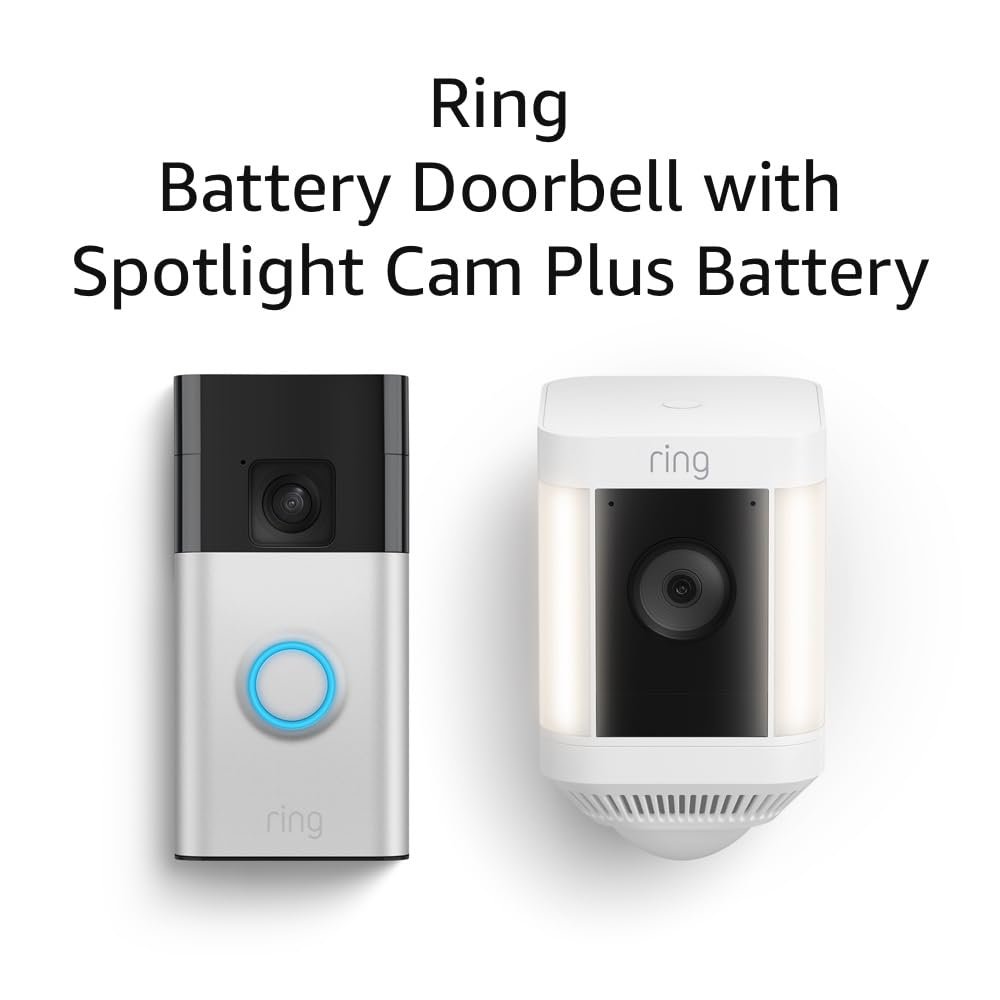Have you ever considered how much easier and more enjoyable your daily life could be with the right smart home devices? The promise of improving your living environment extends well beyond mere convenience and efficiency. It opens up a new world of security, energy savings, and user-friendly home automation. Whether you’re a homeowner looking to upgrade, a renter seeking non-permanent solutions, or even a tech enthusiast eager to embrace innovation, the smart home landscape has something for everyone.
Understanding Smart Home Technology
smart home technology refers to a system of connected devices that allow you to control and automate various aspects of your home environment using your smartphone, tablet, or voice commands. With advancements in Internet of Things (IoT) technology, these devices can communicate seamlessly with one another, creating a network of experiences tailored to your needs.
Imagine adjusting your home’s temperature while you’re still at the office, turning on lights from the comfort of your couch, or receiving alerts about unusual activity around your property. This type of convenience is not just a dream; it’s a reality made possible by smart home devices.
Benefits of Smart Home Devices
Enhanced Convenience
One of the first advantages you’ll notice with smart home devices is the level of convenience they provide. Instead of manually adjusting settings or running multiple appliances, you can do everything from a single platform. Voice commands allow for hands-free control, making chores and daily activities much easier.
Improved Security
Security is often a primary concern for homeowners. Smart cameras, door locks, and alarms can be monitored and controlled remotely, giving you peace of mind. You can check in on your property while you’re away, receive real-time alerts, and even unlock doors for visitors without needing to be home.
Energy Efficiency
Smart home devices also contribute significantly to energy savings. Smart thermostats can learn your habits and adjust the temperature accordingly, saving you money on utility bills. Smart lighting allows you to automate when lights turn on and off, ensuring you’re not wasting electricity.
Increased Property Value
If you’re considering investing in your home, smart technology can enhance its property value. Many buyers today prioritize homes equipped with smart devices, viewing them as more modern and efficient.
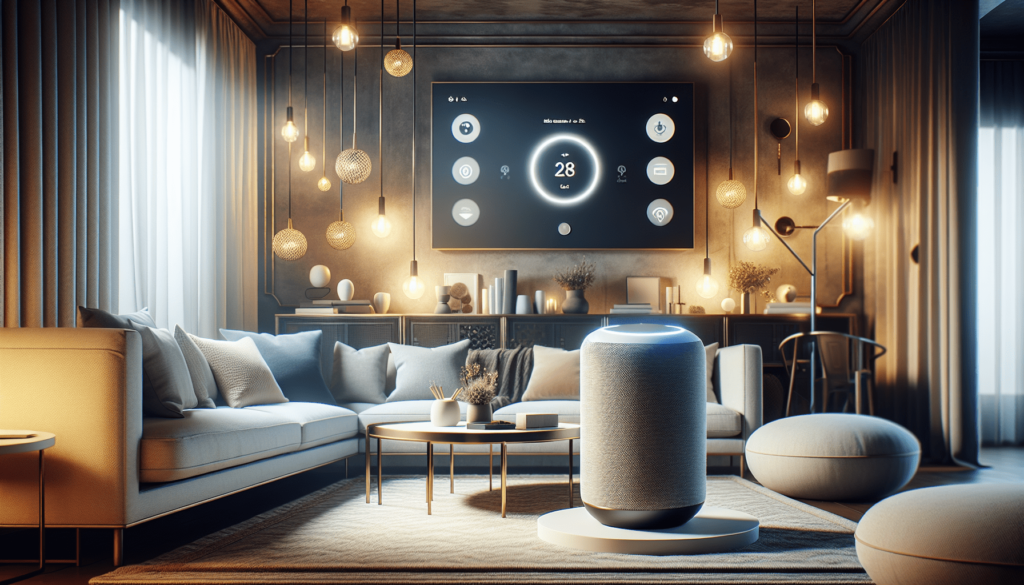
Top Smart Home Devices for 2025
As technology continues to evolve rapidly, here’s a look at some of the top smart home devices you might consider incorporating into your living space in 2025.
1. Smart Thermostats
Smart thermostats, such as the Nest Learning Thermostat or Ecobee SmartThermostat, help you manage your heating and cooling systems more efficiently. These devices learn your schedule and adjust the temperature accordingly, optimizing energy usage and saving you money.
Cost and Value
Typical costs range from $100 to $250, but the potential savings on heating and cooling bills can provide a significant return on investment over time.
2. Smart Lighting Systems
Smart lighting systems, like Philips Hue or LIFX, give you the ability to control your home’s ambiance with just your smartphone or voice commands. You can set schedules, dim lights, change colors, and integrate your lighting with other smart devices.
Cost and Value
Prices can vary but expect to spend around $15 to $50 per bulb, with savings on energy consumption contributing to long-term value.
3. Smart Security Cameras
With devices like the Ring Video Doorbell and Arlo Camera System, you can monitor your home’s exterior in real time. These cameras provide alerts and can be accessed from anywhere, ensuring that you’re always connected to your home’s security.
Cost and Value
Quality cameras start from $100, and though they involve an initial investment, they can deter theft and provide invaluable peace of mind.
4. Smart Door Locks
Smart locks such as the August Smart Lock or Yale Assure allow keyless entry and remote locking. You can grant access to temporary guests and receive alerts when someone enters your home.
Cost and Value
Smart locks typically range from $100 to $300. The added security and convenience of keyless entry can vastly improve your home’s safety.
5. Smart Plugs
Smart plugs, like the TP-Link Kasa Smart Plug, allow you to control devices remotely. By using your smartphone, you can turn appliances on or off, set schedules, and even monitor energy usage.
Cost and Value
These plugs are relatively inexpensive, often around $20 each, and help you maximize energy savings by managing the devices you already own.
6. Smart Speakers and Voice Assistants
Devices such as Amazon Echo and Google Nest Hub serve as the central hub for your smart home. They allow you to control other devices using voice commands, stream music, and provide information at your fingertips.
Cost and Value
Smart speakers typically cost between $50 and $200, and their versatility makes them a valuable addition to any smart home ecosystem.
7. Smart Smoke and Carbon Monoxide Detectors
Devices like the Nest Protect can detect smoke and carbon monoxide and send alerts to your smartphone. They also have self-testing capabilities, ensuring your alarms are always operational.
Cost and Value
Prices generally range from $100 to $120. The added safety and mobile alerts can potentially save lives and reduce the likelihood of damage to your home.
8. Smart Home Hubs
A smart home hub, such as Samsung SmartThings or Hubitat, acts as the brain of your smart ecosystem. It connects and manages all your devices, allowing for seamless integration and automation.
Cost and Value
Hubs can range from $60 to $250, and given that they simplify the management of your devices, they provide significant long-term value.
9. Smart Appliances
Many modern appliances now come with smart capabilities. Refrigerators, ovens, and washing machines can be monitored and controlled remotely, optimizing functionality and efficiency.
Cost and Value
Prices can vary widely based on the appliance, but investing in smart appliances can lead to significant energy savings and convenience.
10. Smart Irrigation Systems
If you have a yard, consider installing a smart irrigation system like Rachio. These systems adjust watering schedules based on weather forecasts, helping conserve water and maintain your garden’s health.
Cost and Value
Smart irrigation controllers typically range from $150 to $300. The water savings and improved garden health make them a worthwhile investment.
Practical Setup Guides
Getting started with smart home devices can seem overwhelming, but it’s easier than you might think. Here’s a basic guide to help you set up your first devices:
Assess Your Needs
Before purchasing any devices, assess your living situation and determine what you need most. Is your primary concern security, energy efficiency, or convenience? Prioritizing your needs will streamline your purchasing decisions.
Choose Compatible Devices
Ensure that the devices you choose are compatible with one another. Many products are designed to work within an ecosystem, such as Google Home or Amazon Alexa. This compatibility allows for seamless integration and easier management.
Read Reviews and Comparisons
Before buying, take the time to read user reviews and comparisons of devices. Real-world experiences can provide valuable insights into how well a device performs and its long-term reliability.
Start with One Device
If you’re new to smart home technology, it’s wise to start with one device. Focus on a specific need, such as a smart thermostat or lighting system, and build your ecosystem gradually.
Follow the Manufacturer’s Instructions
Installing smart devices generally involves following the manufacturer’s instructions closely. Most products come with detailed guides, and video tutorials are widely available online.
Use an App for Management
Many smart devices require a mobile app for operation. Download the related app, create an account, and link your devices. This interface provides centralized control and allows for easier automation setups.
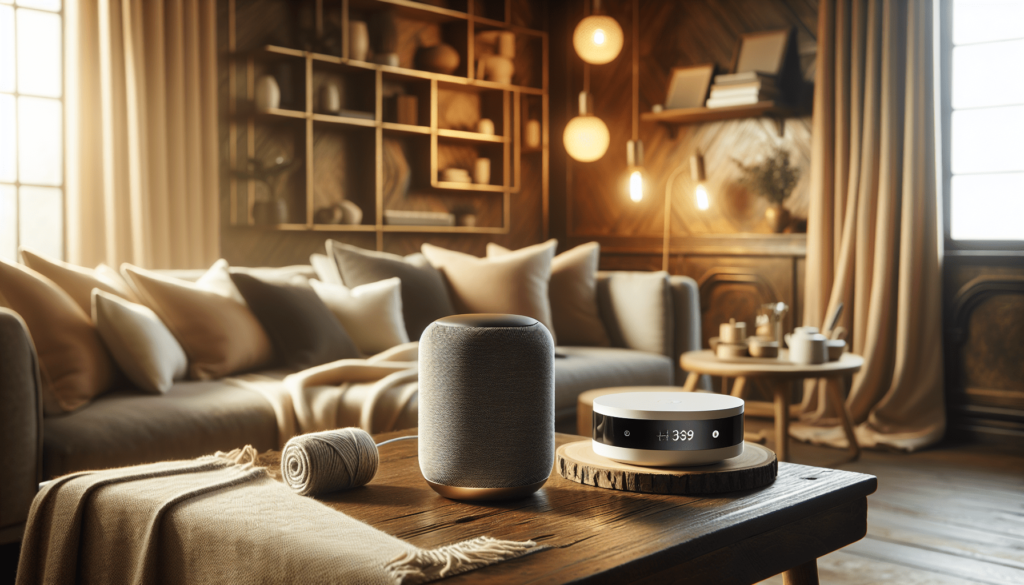
Security and Privacy Factors
While smart home devices offer numerous benefits, it’s also essential to consider their security and privacy implications. Cybersecurity breaches can pose a risk, so keep the following tips in mind to safeguard your smart home ecosystem:
Use Strong Passwords
Ensure that all devices are protected with unique and strong passwords. Avoid using default passwords, as they are easy targets for cybercriminals.
Update Firmware Regularly
Manufacturers frequently release firmware updates that fix vulnerabilities or improve functionality. Regularly check for these updates and apply them diligently to keep your devices secure.
Enable Two-Factor Authentication
Where possible, enable two-factor authentication (2FA) on your accounts. This adds an additional layer of security beyond just a password, making it more difficult for unauthorized users to gain access.
Be Cautious with Guest Access
When providing access to guests, be mindful of the permissions you grant. Temporary access can often be set up for specific timeframes, allowing you to maintain security while accommodating visitors.
Monitor Your Network
Be aware of which devices are connected to your home network. Many routers offer management apps that allow you to see connected devices, and you should regularly check for any unfamiliar connections.
Energy Efficiency and Sustainability
In an era of increasing concern over climate change and resource management, smart home devices can play a crucial role in promoting energy efficiency and sustainability.
Smart Thermostats for Energy Savings
As mentioned earlier, smart thermostats optimize heating and cooling based on your routines, significantly reducing energy consumption. Utilizing these devices can lower not just your bills but also your carbon footprint.
Energy-Efficient Lighting
Smart lighting systems reduce energy consumption by allowing you to program when lights turn off and on. You can also use energy-efficient LED bulbs that have longer lifespans than traditional bulbs.
Reduced Water Waste
Smart irrigation systems can significantly decrease water waste by adjusting themselves based on weather forecasts. This not only benefits your garden but conserves one of Earth’s most precious resources.
Long-Term Sustainability
Investing in smart home devices translates to sustainable living. By integrating energy-efficient appliances and reducing waste, you contribute to a healthier planet for future generations.
Future-Proofing and Innovation
As technology continues to evolve, staying informed about emerging trends in the smart home industry is vital. Here are some innovations to keep an eye on:
Voice Control Advancements
Voice control technology is improving rapidly. Expect future devices to offer more natural language processing, allowing for easier, more conversational interaction.
Greater Device Interconnectivity
As more devices become IoT enabled, you can look forward to a more integrated experience. Enhanced connectivity between devices will allow for sophisticated automations beyond what’s feasible today.
Artificial Intelligence Enhancements
Smart devices are beginning to incorporate AI capabilities, further personalizing your experiences and adapting to your habits. Future systems may predict your needs and automate responses accordingly.
Focus on Privacy
As concerns about privacy grow, expect manufacturers to emphasize security features in their devices. Protecting your data will become an industry priority, fostering safer smart home environments.
Conclusion: Is a Smart Home Right for You?
By now, you’ve gained valuable insights into the world of smart home technology and the many devices that can enhance your living environment. You’ve learned about the benefits, the top devices for 2025, and how to set up your smart ecosystem securely and efficiently.
As a potential buyer, homeowner, or renter, it’s vital to determine if these investments meet your specific needs and budget. Begin with your priorities in mind, take the leap into smart living, and enjoy the enhanced convenience, security, and efficiency your new smart home can offer!
In a world that’s only becoming more interconnected, embracing technology at home is not just a choice—it’s a way to elevate your lifestyle.
